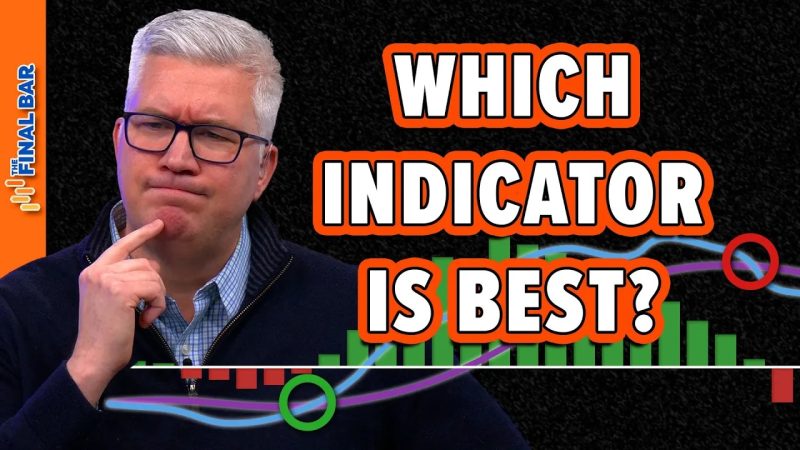
Battle of the High-Tech Indicators: MACD vs. PPO vs. PMO – Which Reigns Supreme?
Technical Indicator Showdown: MACD vs. PPO vs. PMO
MACD, PPO, and PMO are popular technical indicators used by traders and investors to analyze stock price movements and identify potential buying or selling opportunities. While all three indicators belong to the family of momentum oscillators, each has its unique strengths and weaknesses. In this article, we will delve deeper into the specifics of MACD, PPO, and PMO and compare how they perform in different market scenarios.
Moving Average Convergence Divergence (MACD) is a versatile indicator that uses two moving averages to track price momentum. The MACD line is calculated by subtracting the 26-period exponential moving average (EMA) from the 12-period EMA. Additionally, the signal line, often a 9-period EMA of the MACD line, helps identify trend reversals. Traders typically look for crossovers between the MACD line and the signal line to generate trading signals.
Percentage Price Oscillator (PPO) is a variation of the MACD, replacing the difference between the two EMAs with the percentage difference. This modification helps traders compare the momentum of different stocks, regardless of their price levels. The PPO is calculated by taking the percent difference between the 26-period EMA and the 12-period EMA and smoothing the result with a signal line. Like the MACD, PPO crossovers and divergences are used to signal shifts in trend direction.
Price Momentum Oscillator (PMO) is a unique indicator designed to detect trend changes early by using the rate of change between two moving averages. The PMO line is calculated by taking the difference between a custom EMA of price and a second custom EMA of the same price. The signal line, usually a 10-period EMA of the PMO line, can be used for confirmation of trend reversals.
In terms of ease of interpretation, the MACD is considered the most straightforward of the three indicators, particularly for beginners. Its standard parameters are widely accepted and readily available on most trading platforms. The PPO, being a modified version of the MACD, offers similar signals but with a focus on percentage differences, making it more suitable for comparing securities with varying price levels. On the other hand, the PMO’s custom parameters might require more advanced technical analysis skills to determine optimal settings for different stocks.
When it comes to signal accuracy, the MACD and PPO are known for generating reliable buy and sell signals during trending markets. Crossovers and divergences are often confirmed by price action, providing traders with confidence in their trading decisions. The PMO, with its emphasis on momentum changes, can be particularly effective during volatile market conditions, as it tends to detect trend shifts early on.
In conclusion, while all three indicators share a common goal of identifying price momentum, each has distinct features that cater to different trading styles and preferences. Traders are encouraged to experiment with MACD, PPO, and PMO to determine which indicator aligns best with their strategies and risk tolerance. Regardless of the chosen indicator, combining technical analysis with other tools and risk management techniques is essential for successful trading in the dynamic world of financial markets.
